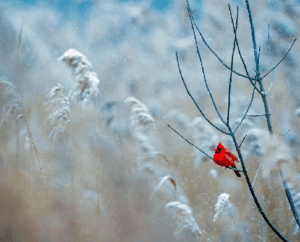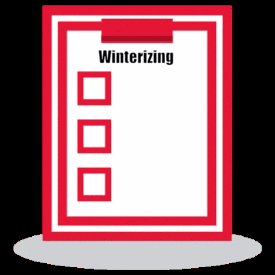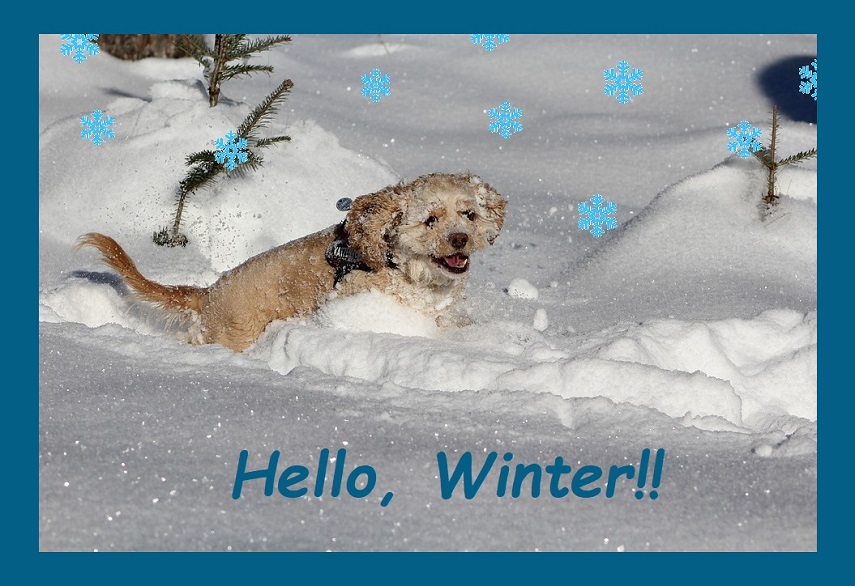Best Practices for Winterizing
Irrigation Systems
With temperatures dropping across the state, it’s time for irrigation contractors to start making their “winter money” – the cold, hard cash that comes from kicking their winterization programs into high gear.
We’ve compiled a list of best practices to streamline the process and help avoid potential problems.
When to Winterize: Start Early

Ohio First-Freeze
Dates
When does the first freeze of the fall season normally occur in Ohio? Here are the earliest, latest, and average freeze dates:

Plan for winterizations well in advance. Otherwise, you may not have ready access to the equipment you need, such as a commercial-grade air compressor. Remember: Every landscaper in town will be striving to winterize irrigation systems at the same time.
So don’t be left out in the cold. Start scheduling shutdowns with customers and your irrigation technicians as soon as possible. Highest priority should be given to those systems with exposed pumps, piping or backflow devices.
You don’t want to risk potential damage to your customers’ systems by waiting too long. Once December hits, you can expect frozen backflow preventers and exposed pipes. By then, it’s often too cold to do a good job.
The Right Tools to Winterize
Make sure your crews are equipped with the right tools to winterize. Of course, you’ll want to have plenty of standard parts available to make any necessary repairs to the systems. But technicians will also need a commercial air compressor, an air hose, and fittings that properly affix to the backflow device.
The air compressor should provide a minimum of 100 cubic feet per minute, but preferably more, depending on the size of the irrigation system. Smaller compressors, even at 100 psi, cannot deliver the air volume needed to winterize an irrigation system. In fact, 80% of the portable air compressors in use today provide 185 cfm.
If the main shut-off valve is outdoors, you’ll want to use foam insulation tape to protect it (as well as any other above-ground piping) from freezing.
Proper Winterization Techniques
Create a winterization checklist for your technicians to use at each job site. This will prevent them from missing steps and ensure uniformity of service.
 The checklist should include the following:
The checklist should include the following:
- Locate the shut-off valve and turn off the property’s water supply. Check the property’s data sheet for the valve’s location and other specific information, such as faucet zones and pumps.
- Turn off any pumps to prevent damage.
- Set the compressor for 50-80 psi, to avoid damaging the system. (For drip irrigation systems, set the pressure for 20 or 30 psi.)
- Connect to a blowout port, open a zone and then open the air compressor valve. Move most of the water out of the main lines by blowing out the farthest zone first.
- Move through the entire system, one zone at a time. Continue blowing air through the lines until only fog is emitted from the sprinkler heads. Do not allow the rotating nozzles to spin too quickly – this can damage the gears. (When they start to spurt, turn them off.)
CAUTION!
The expanding air coming from the air compressor into the irrigation system will get hot and may melt the plastic pipe. Carefully check the temperature of the air hose connection at the blow-out point. Slow down or stop momentarily if it feels too hot! Cycling through each zone two or three times for short intervals will prevent too much heat buildup.
- Partially close the ball valves on the backflow preventer, and complete blowing out the last zone.
- Turn off the air compressor and allow all the air to exit the system.
- Drain the backflow preventer.
- Remove submersible pumps from the water. For centrifugal pumps, remove the drain valve and check valve, and disconnect the power supply.
- Turn off the irrigation system controller, but leave it plugged in to retain schedules and memory.
Good for Your Business, Good for Your Customers
Proper winterization is not only a lucrative proposition for contractors, it can be a terrific cost savings to customers. Failure to professionally winterize irrigation systems can result in costly issues, such as cracked plumbing, sprinkler heads and backflow devices. Even flexible polyethylene pipe can begin to have random splits if a system is neglected, creating the need for multiple in-ground repairs.
Proper shutdown techniques not only prevent freezing issues in the winter, they also forestall potential water damage once the system is activated in the spring. It’s a win-win for your business and your customers!
Sources:
Featured Image: Pixabay
Landscape Management
Irrigation & Green Industry






